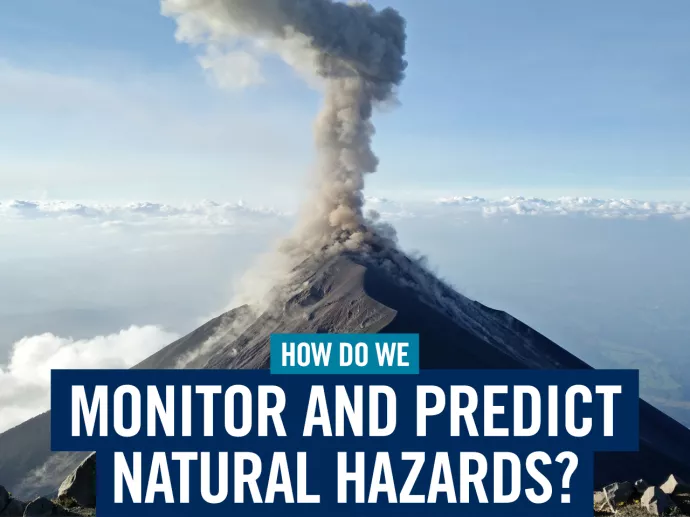
The Earth is an active planet. At any one time volcanoes erupt, earthquakes pulse through the crust and the Earth emits poisonous and radioactive gases. Throughout human history, we have dealt with the devastating nature of these hazards, and have striven to understand and predict them.
In the Department of Chemical and Physical Sciences, researchers are at the forefront of studying when and why these hazards occur. We measure how lava domes collapse and when past earthquakes occurred, use advanced computation and monitoring to see how earthquakes initiate and grow.

Paul Ashwell
Uses field-based and geochemical observations to understand rhyolite lava dome and other volcanic eruptions.

Semechah Lui
Uses seismic data and computational fault models to understand the dynamic process of earthquakes and the behaviour of seismogenic faults in long-term earthquake cycles.
Lindsay Schoenbohm
Measures the timing and magnitude of past earthquakes in Argentina, Turkey, and China.
